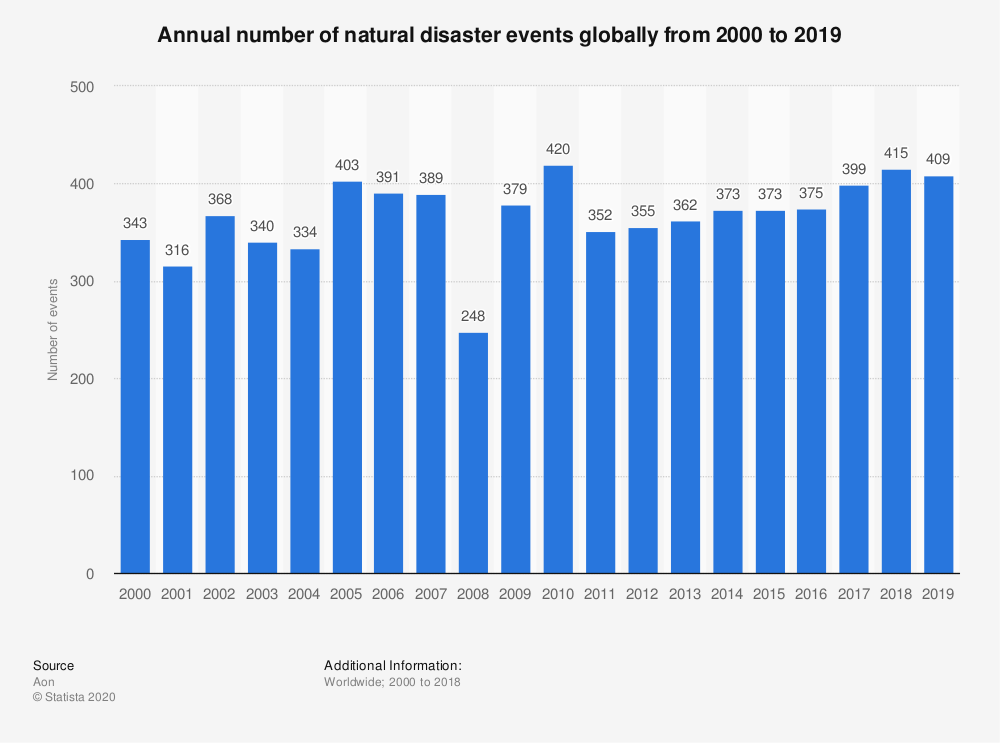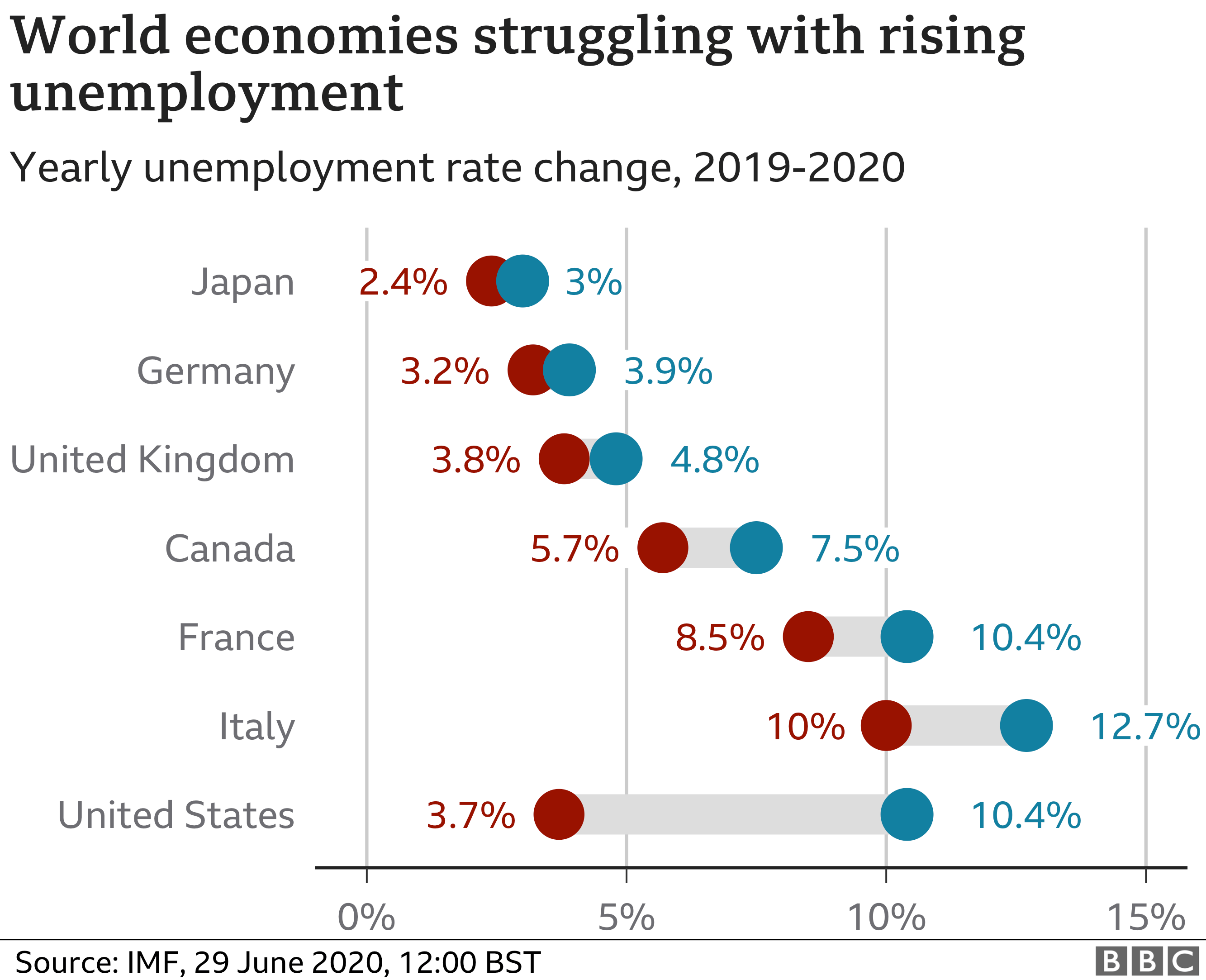The first time I came across a Business Continuity Plan (BCP) was when I moved to Beirut, Lebanon as the Marketing Manager for Nokia in the Levant Region. Our markets were Lebanon, Iraq, Jordan, Syria and the Palestinian Territories. The perfect spot to land an expat package with all the trimmings for some kiwi go-getters and a lifestyle living and playing on the Med!
When we first arrived in Beirut, we were met at the hotel by our company security guy. His job was simple, don’t scare Bruce so much that he wants to leave but make sure he knows the rules. That means live life and work without getting into trouble. Continuity planning so to speak for a family of 5 with 3 kids under 5! Yes, we did have friends and family that thought we were nuts!
Then, when I got settled into work, I was briefed on the bigger BCP for a booming phone business. We had a two-day workshop with these buffed up security consultant guys. I mean, these dudes were ex-Marines and Special Forces types. They literally held a kidnapping in the office and then assessed us on how we reacted. For real!
And when is this going to ever happen, I hear you say?
Well, while in Beirut, we lived through a Presidential election. All went smoothly to start and then certain factions started to disagree on how things would play out, then some demonstrations and threats to “high profile persons”. Lucky me, that meant my family and I were off to Dubai for a week-long beach holiday. The most exciting part of the trip was the drive to the Beirut airport where we were briefed on a backup plan if the airport was shut down – to high tail it over the Beirut hills into Syria… a proper backup escape plan. Just like in the movies.
Of course, work continued and we still figured out how to sell many thousands of phones each month. This is a region that is used to these types of stresses and strains. My observation is that most places of regular conflicts or natural disasters have become accustomed to high levels of disruption and they are able to respond and recover faster.
On the contrary, a global crisis like COVID-19 is a challenge to every business in every market. The globalisation of all industries has meant interdependencies that impact all businesses negatively and positively. We are also in the age of digitisation. This means that in order to stay ahead, for the sake of business survival or more purposefully driven reasons like the well-being of your teams, a business must be digital and mobile-first in their approach.
So why is it that Business Continuity Plans are still largely paper-based or best case, delivered over Excel spreadsheets that run sheet after sheet after sheet? Can anyone even make sense of them or know how to find and access at the time of urgent need.
The move from having BCP done annually and filed away for good compliance to a plan that lives and can be executed in a moments notice shows a real understanding of the type of world we live in today.
There are over 400 natural disasters that happen worldwide every year! Can we afford for business not to be ready to deal with them?

Source: Statista 2020
For the record, Wikipedia states that “Business continuity planning is the process of creating systems of prevention and recovery to deal with potential threats to a company. In addition to prevention, the goal is to enable ongoing operations before and during execution of disaster recovery.”
BCPs make a lot of common sense. When a crisis happens and it impacts business trading and your teams’ safety, why wouldn’t you want to fall back on a calculated and methodical plan that you worked on while your mind was clear?
So, is it just that we are complacent? Do we think that the boss will have it sorted? Is it not going to happen on my watch?
Communication lies at the heart of a successful Business Continuity Plan. For a business to maintain momentum, it is the team that will make it happen and the ability to communicate across teammates and functions is the critical success criteria to progression. Whatever that may be.
COVID-19 has caught so many businesses off guard. No doubt, the scale of a global pandemic is a challenge beyond most scenarios that businesses will have to consider in their risk assessments or at least these types of scenarios get passed over as, not in our lifetime. Additionally, many mid-sized and small businesses might have only ever considered worst cases over flippant water cooler discussions. We have now seen what can happen!
Our new reality for some time ahead is that we will witness a massive impact on normal business practices and performance.

Source: BBC News
We have teams that will work remotely for long periods if not semi-permanently moving forward.
“A recent Gartner poll showed that 48% of employees will likely work remotely at least part of the time after COVID-19 versus 30% before the pandemic.”
Source: 9 Future of Work Trends Post-COVID-19
Unfortunately, businesses are not taking advantage of the tools available to them to best communicate with their teams. Not all companies provide paid company laptops or phones but most if not all employees have made the personal investment into a smartphone. It just is. You can argue the few outliers but they are in low percentages when we consider employees of SMEs. So, why not in times of need, make use of these tools, smartphones, in the best interest of keeping them in employment and ensuring their safety.
Digitisation of Business Continuity Plans into mobile apps, taking full advantage of digital forms and surveys, push notifications, and real-time updates on a device at a person’s fingertips is the best solution to manage a crisis.
Some enterprises will take on this challenge and see the benefit to maintaining market leadership and displaying a genuine concern in the well-being of their employees. Enterprises will likely over-engineer solutions and spend in the millions to fix these gaps in their BCPs. Fortunately, with development in low code solutions in mobile development, these same benefits are available to any business impacted by such horrible situations that we live with nowadays.
History tells us that these crises and disasters will continue to happen. A business therefore needs to engage mobile centred solutions for their Business Continuity Planning.

